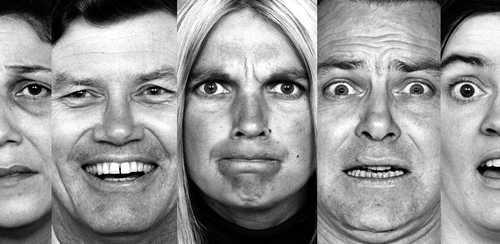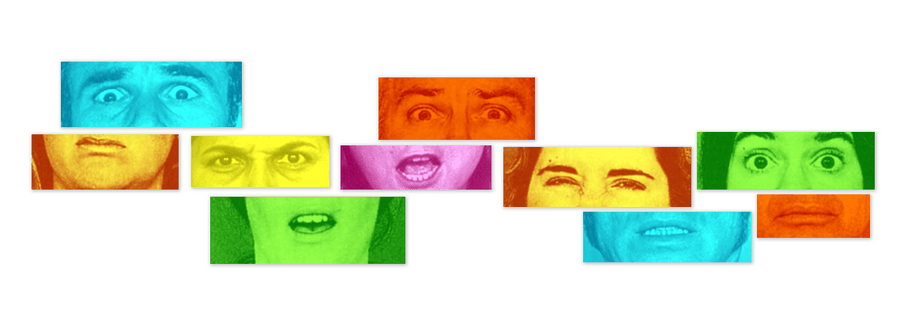What Are Emotions, Even?
Curated from: theatlantic.com
Ideas, facts & insights covering these topics:
5 ideas
·2.84K reads
8
Explore the World's Best Ideas
Join today and uncover 100+ curated journeys from 50+ topics. Unlock access to our mobile app with extensive features.
There are six basic emotions
In the 1960s, researchers started to study facial expressions that matched six basic emotions: happiness, sadness, anger, surprise, fear, and disgust.
Some researchers now say there are fewer than six basic emotions, and others say there are more (up to 21). But the idea remains that emotions are biologically universal to all humans, and displayed through facial expressions.
118
850 reads
Emtion: The concept
- In the 1950s, psychologists were focused on behaviourism while mostly ignoring emotions.
- The word "emotion" did not exist in the English language until the early 17th century.
- For centuries, the mental state to which "emotions" now refer were called either passions or affections.
- In the early 19th century, Scottish philosopher Thomas Brown was the first to propose emotion as a theoretical category. However, he was unable to define it.
110
577 reads
The natural-kind view of emotion
When asked to explain in words what emotion is, we may come up with ideas that feel right, such as "sensitivity to events," or "your mind's reaction to experience," but fundamentally, emotions are intangible and the definitions offered are not good enough for science.
Words like "joy" and "rage" describe a set of complex processes in the brain and the body that are not always related.
102
479 reads
Naming emotions from photos
A 1980 study found that when people were shown photographs with posed pictures, people were 80 percent likely to label the expressions correctly. However, when they were shown photos of spontaneous emotions, the rate of recognition went down to 26 percent.
Psychologist Paul Ekman claims that microexpressions can show what people are feeling, even when they try to hide it.
97
422 reads
Measuring emotions
Critics state that facial expressions are not the measurement of emotions. Measuring what someone actually feels is difficult to do with anything other than self-report. However, even this methodology is inefficient since the memory for emotional experience is highly unreliable.
There is still no consensus on what emotions are. Scientists agree more on what emotion does than what it is.
99
521 reads
IDEAS CURATED BY
Adeeb Schultz's ideas are part of this journey:
Learn more about personaldevelopment with this collection
Creating a productive schedule
Avoiding procrastination
Prioritizing tasks effectively
Related collections
Similar ideas
3 ideas
If You Can Say It, You Can Feel It
thecut.com
1 idea
Emotions: The What, Where, and How - The Human Condition
thehumancondition.com
10 ideas
The 6 Types of Basic Emotions and Their Effect on Human Behavior
verywellmind.com
Read & Learn
20x Faster
without
deepstash
with
deepstash
with
deepstash
Personalized microlearning
—
100+ Learning Journeys
—
Access to 200,000+ ideas
—
Access to the mobile app
—
Unlimited idea saving
—
—
Unlimited history
—
—
Unlimited listening to ideas
—
—
Downloading & offline access
—
—
Supercharge your mind with one idea per day
Enter your email and spend 1 minute every day to learn something new.
I agree to receive email updates

